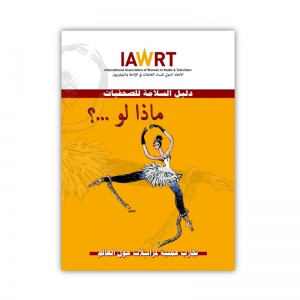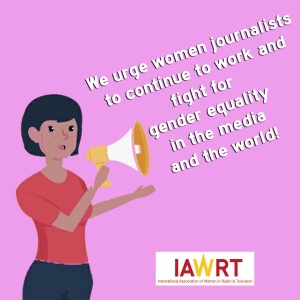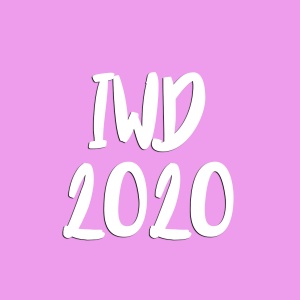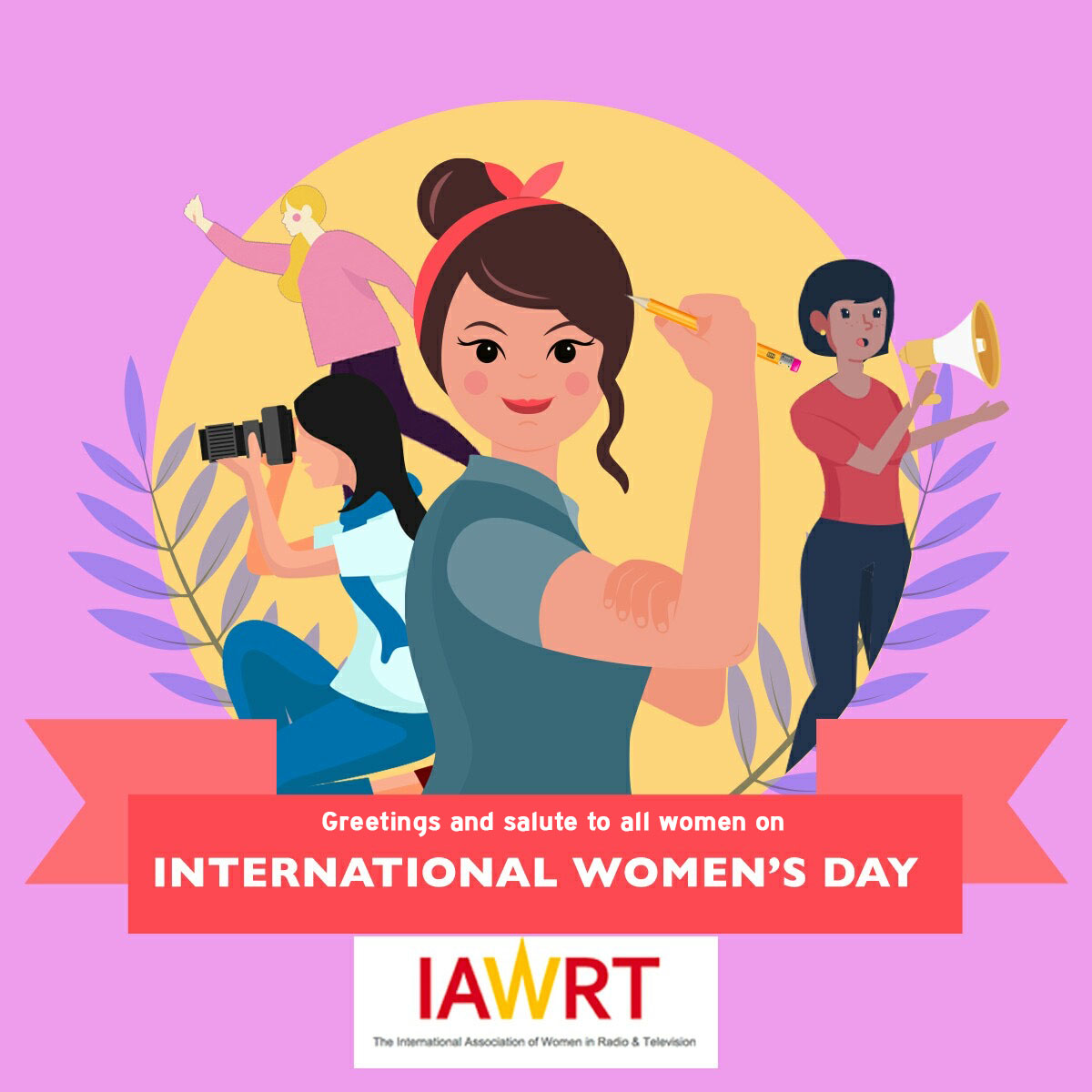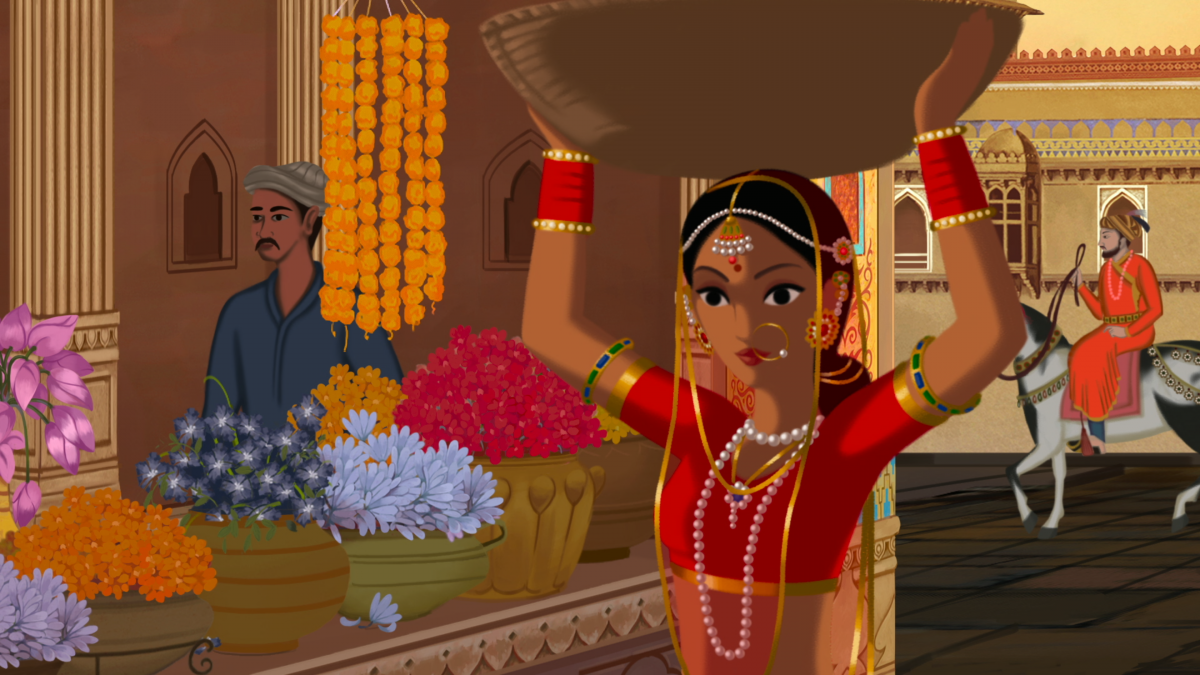Media experts to hold discussion on Women and Media 25 Years After the Beijing Declaration and Platform for Action
This event will take place on Friday, March 27th from 10:00am -11:30 am NY time on the Zoom virtual Platform, https://zoom.us/j/832520834, ID: 832 520 834.
New York City, NY (March 23, 2020) – Media women from the United States, Kenya, and the United Nations will assess the progress made on roles and images of women in media since the United Nations Fourth World Conference on Women in 1995 and the adoption of Section J of the Declaration for women and the media.
Section J: Women and Media of the Beijing Declaration Section J(pge 8) highlights that “sexist stereotypes displayed in the media are gender discriminatory, degrading in nature and offensive (para. 243(e))” and that media “has an impact on public policy, private attitudes and behavior… Everywhere the potential exists for the media to make a far greater contribution to the advancement of women (para 234).”
Patricia Gallagher Newberry, the 103rd national President of the Society of Professional Journalists (SPJ) and Director of Journalism at Miami University in Ohio, will moderate the event. Newberry brings decades of expertise in media.
The Discussants include:
– Dr. Michelle Ferrier, Dean of the School of Journalism and Graphic Communication at the Florida Agricultural and Mechanical University (FAMU) in Tallahassee, Florida; She is founder of TrollBusters.com, protecting journalists from online violence, abuse or other troll behavior.
– Dr. Purna Sen, Executive Coordinator and Spokesperson at UN Women on Addressing
– Dr. Courtney Radsch, Advocacy Director at the Committee to Protect Journalists(CPJ)
– Dr. Diana Nastasia, international lecturer and scholar, Faculty Fellow at Southern Illinois University Edwardsville
– Rachael Nakitare, a veteran broadcast journalist and Acting Television Programs Manager for state-run Kenya Broadcasting Corporation
– Marry Ferreira, IAWRT-USA NGO Youth Representative at the United Nations, Master’s student in Public Media at Fordham University.
This event is organized in collaboration with the Committee to Protect Journalist – CPJ, Women-In Media/Newark and the Women’s International Newsgathering Service – WINGS.
This event was one of over 400 NGO CSW/NY parallel events scheduled to take place at the UN Commission on the Status of Women (CSW 64) in New York in March. CSW64 is the biggest conference of the United Nations bringing women together from around the world to advocate for gender equality and the empowerment of women. It has been cancelled due to the Corona Virus pandemic.
IAWRT-USA (www.iawrtusa.org) is one of 14 chapters of IAWRT International (www.iawrt.org). Founded in the 1950s by professional women working in the electronic and allied media, IAWRT is committed to the enhancement of women’s role and participation in media as gender equality cannot be achieved without gender parity in media and communication. IAWRT-USA is a non-government organization (NGO) with 501(c) 3 Tax Exempt status and has special consultative status with the United Nations Economic and Social Council (ECOSOC) and the UN Department of Global Communication.
If interested, please contact IAWRT-USA — www.iawrtusa.org – email: [email protected] sheilad@[email protected].
https://zoom.us/j/832520834
Meeting ID: 832 520 834
One tap mobile
+13126266799,,832520834# US (Chicago)
+16465588656,,832520834# US (New York)
Dial by your location
+1 312 626 6799 US (Chicago)
+1 646 558 8656 US (New York)
+1 346 248 7799 US (Houston)
+1 669 900 9128 US (San Jose)
+1 253 215 8782 US
+1 301 715 8592 US
Meeting ID: 832 520 834
Find your local number: https://zoom.us/u/aednIcAQni


